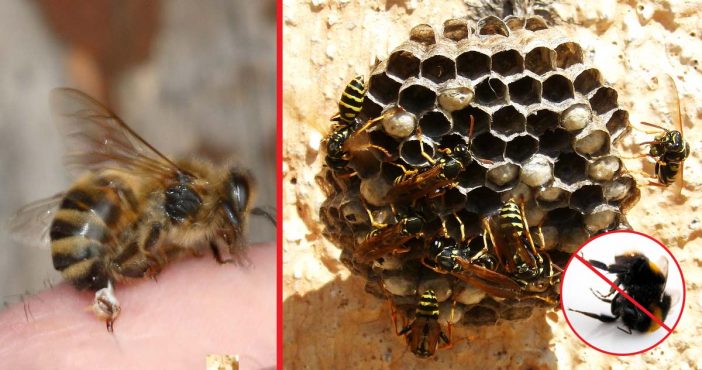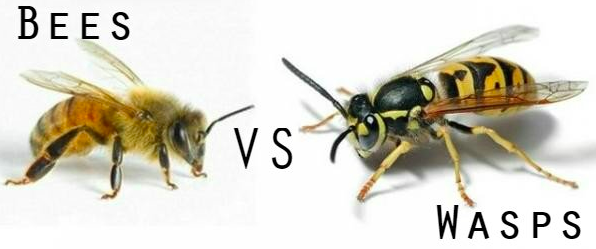
The Los Angeles County West Vector & Vector-Borne Disease Control District also includes some more detailed outdoor safety tips like staying alert for what’s around you and being careful with weed repellent and other tools that may anger a hidden bee in the area. But what’s most important is after the fact, what do you do when you’re stung?
For general stings:
- Move to a safe area
- Remove the stinger(s) as soon as possible
- Wash the sting area with soap and water
- Apply an ice pack for a few minutes to relieve pain and swelling

For multiple stings or those who have hypersensitive reactions to stings, it’s best to seek medical assistance as soon as possible. It’s also worth mentioning to be alert for any shortness of breath or other abnormal side effects.
The Scottish Wildlife Trust also recommends to not disturb a colony of bees with pesticides or any other means. It’s also important to know the difference between a bees nest and a wasps nest. Pest control companies will not destroy bees nests because over 90% of the world’s plants are pollinated by bees, according to Reuse Grow Enjoy, and ultimately help our environment.
If you find that it is a honey bee nest, get in contact with a local beekeeper who may be able to remove the colony for you. Otherwise, a professional exterminator should be your best bet- in the meantime, stay out of harm’s way.

Remember, honeybees are our friends and help the planet! Wasps, on the other hand, are not quite as friendly.
Please SHARE this article to spread the news about proper bee exterminations and removals!
